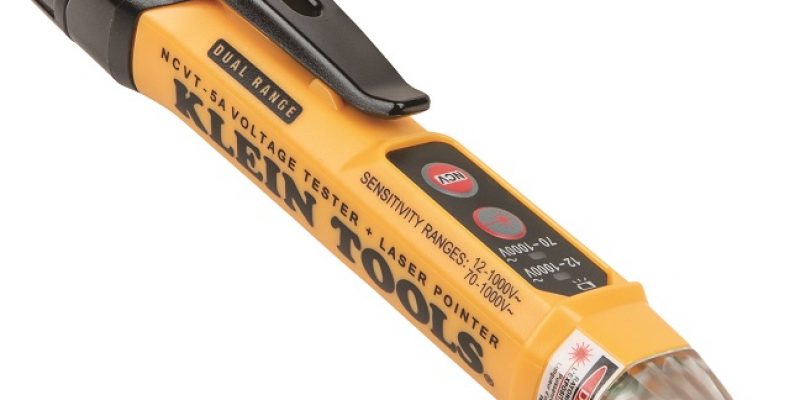Blog

Non-Contact Voltage Tester and Its Uses
Using a non-contact voltage tester is the safest and easiest way to check the electric current in a cable, switch or an open line.
Types of Testers:
There are various types of testers
- Non-Contact Voltage Testers
- Neon Voltage Testers
- Plug-In Circuit Analyzers
- Continuity Tester
- Multimeter
- Solenoid Voltage Tester
- Digital Clamp Meter
- Wand Voltage Meter
Most of the electricians use the Neon voltage testers. They are simple to use. And, they are of pen type model. Additionally, they have a neon light inside with a metal probe on one end. The neon voltage tester tells you the voltage present in it or not. The voltage tester cannot tell you the potential difference between the terminals. This type of voltage tester is a more dependable one. It is very cheap gadget. Most of the electricians and the home owners use one. Neon tester is a reliable one.
Types of Non-contact voltage tester
There are two types of Non-contact voltage testers. They are magnetic induction tester and Capacitive sensor testers.
The contact voltage testers ensure the presence of the voltage in electrical conductors when touching the current carrying conductors. Whereas. Non-contact voltage testers ensure the presence of the AC voltage in electrical conductors without touching the conductor. The Non-contact voltage testers can show the flow of AC current only and they could not show the DC current. The non-contact testers work on the basics of magnetic field around the current carrying conductor.
Non-contact voltage tester (Magnetic Induction):
In this type of non-contact tester have magnetic induction coupled sensors at the tip of the tester. When the tips is placed near the live current carrying conductor, there will a inducted current in the sensors that eddy current in the sensor alert the user by the glowing the light or sound. The current carrying conductor only induces the electromagnetic field in the sensor. If there is no current no flow in the wire then there will not be induced current in the sensor to make sound or light.
Non-contact voltage tester (Capacitive sensor)
This type of Non-contact voltage tester based on the principle of capacitive coupling. When you touch the live wire with AC current flowing through it, the wire act as a conductive plate of a capacitor and the tip of the voltage tester behave as the other side of the conductive plate and the air between the tip and the wire behave as a dielectric medium, hence they behave as a capacitor. Therefore, the high impedance is inserted into the capacitive coupled series circuit when we hold the non-contact voltage tester near the live wire. In addition, A parasitic capacitance between live wire and the tester will be created because of the capacitive voltage divider.
The non- contact tester confirm that a conductor is live or not in a safe way. However, they don’t have the capacity to measure the AC voltage in the conductor.



